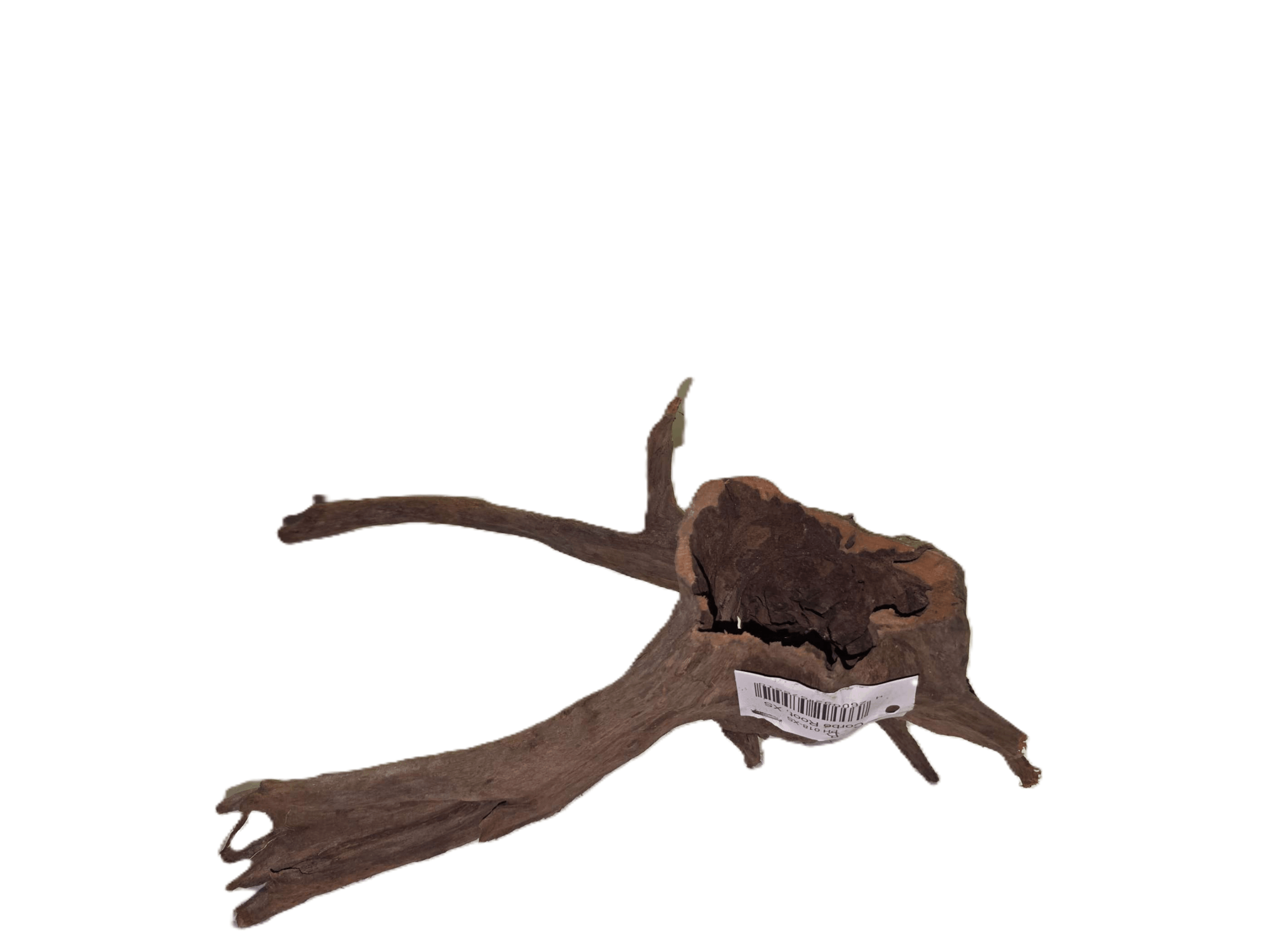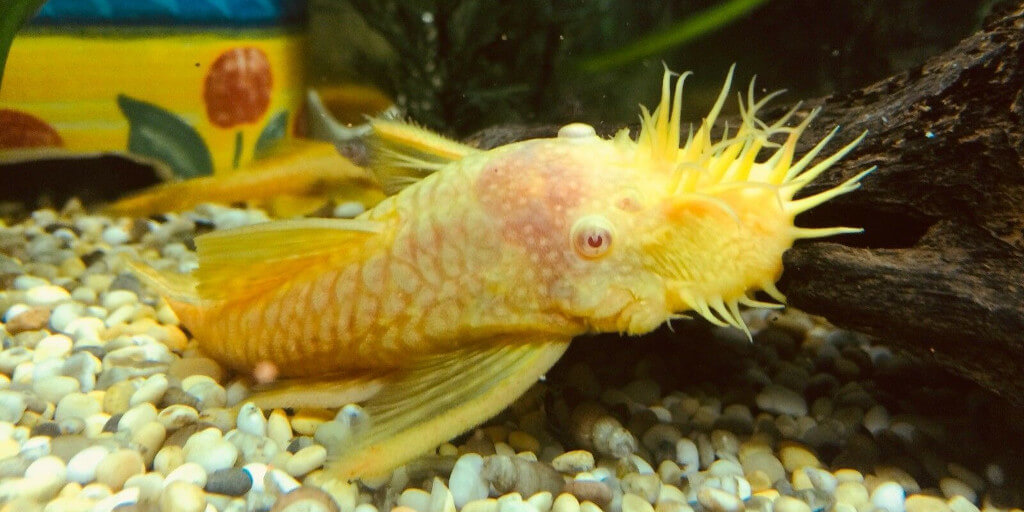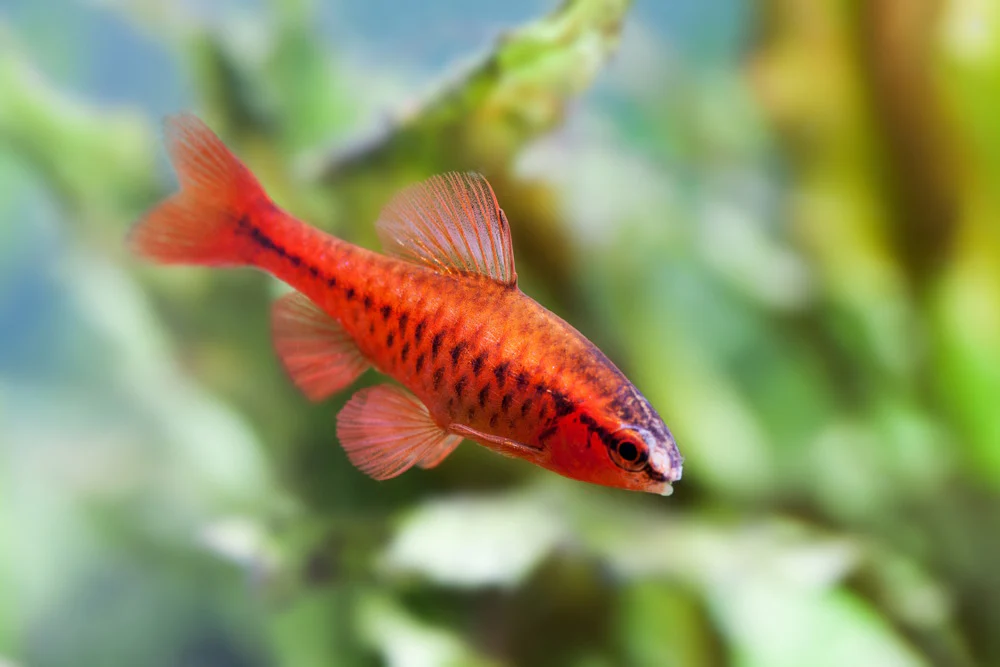Video of Actual Fish
The blood parrot cichlid is a hybrid aquarium fish species which has created notable controversy. Possibly produced by crossing the Midas cichlid (Amphilophus citrinellus) or possibly the red devil (Amphilophus labiatus) with the redhead cichlid (Vieja synspilum), the blood parrot cichlid’s genetic mixture has left the fish with a combination of physical traits that compromise the fish’s ability to thrive. It has a very small mouth, for example, which makes it difficult for the fish to feed itself adequately. Some aquarium enthusiasts believe this is a hybrid that should not be bred, and some even go so far as to boycott pet shops that sell it.
However, the unusual appearance—round body and beak-like head with large eyes—along with the fish’s ability to coexist with other species in a community environment, has made it popular among some aquarium enthusiasts.
Tankmates
Blood parrots should not be kept with aggressive fish, as they are not well equipped to compete for food or turf in the aquarium. Owners have kept them successfully in community tanks with a variety of peaceful fish. Mid-sized tetras, danios, gouramis, angelfish, and catfish are all good possible tankmates.
Habitat and Care
The habitat for the bloody parrot should be roomy and provide plenty of hiding places so they can set up their own territory. Rocks, driftwood, and clay pots on their sides are good options. Like other cichlids, these fish will dig in the gravel, so choose a substrate that is not too rough. The temperature should be maintained at about 75-80 degrees F. Lower temperatures will result in the loss of color and generally weaken their immune system, leaving the fish more susceptible to disease. The pH should be about 7, and the water soft.
Lighting should be subdued with a red-spectrum light. Change the water twice a month. These fish produce a lot of waste, so perform regular water changes, and high-volume filtration is necessary.
Watch for high levels of nitrite, nitrate and phosphate, which can contribute to blue-green algae that can kill your fish. Common diseases of blood parrots include ich parasites (treated by raising water temperature or by copper water treatments), swim bladder disease, and bacterial infections.
Diet
Blood parrots will eat a variety of foods including flake, live, frozen, and freeze-dried foods. Sinking foods are easier for them to eat than floating foods. Most owners report bloodworms and live brine shrimp as a favorite treat. Foods high in beta-carotene and canthaxanthin will help maintain their vibrant colors.





Reviews
There are no reviews yet.